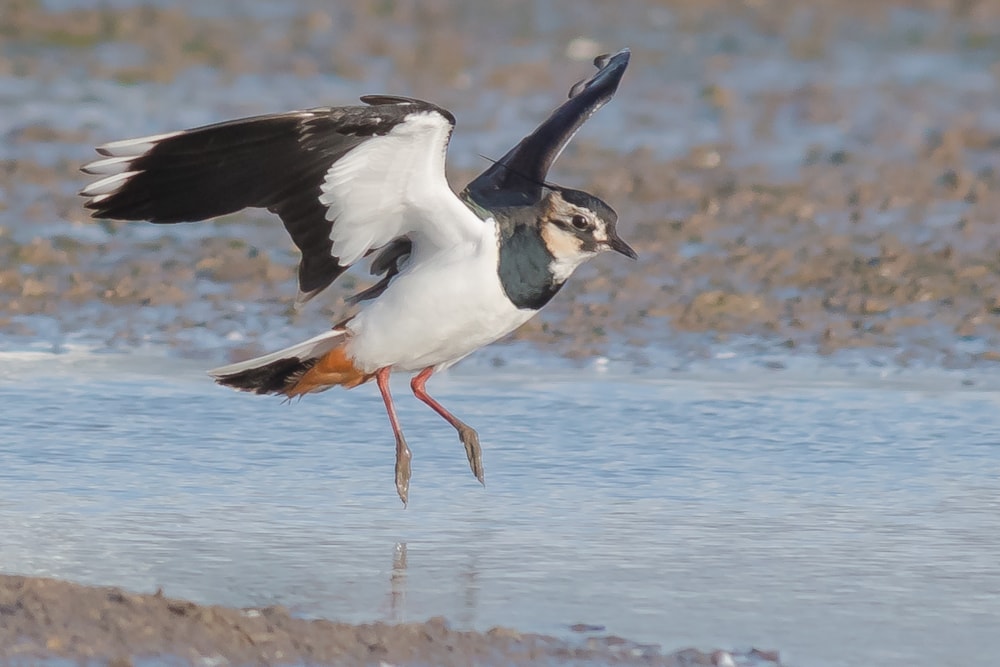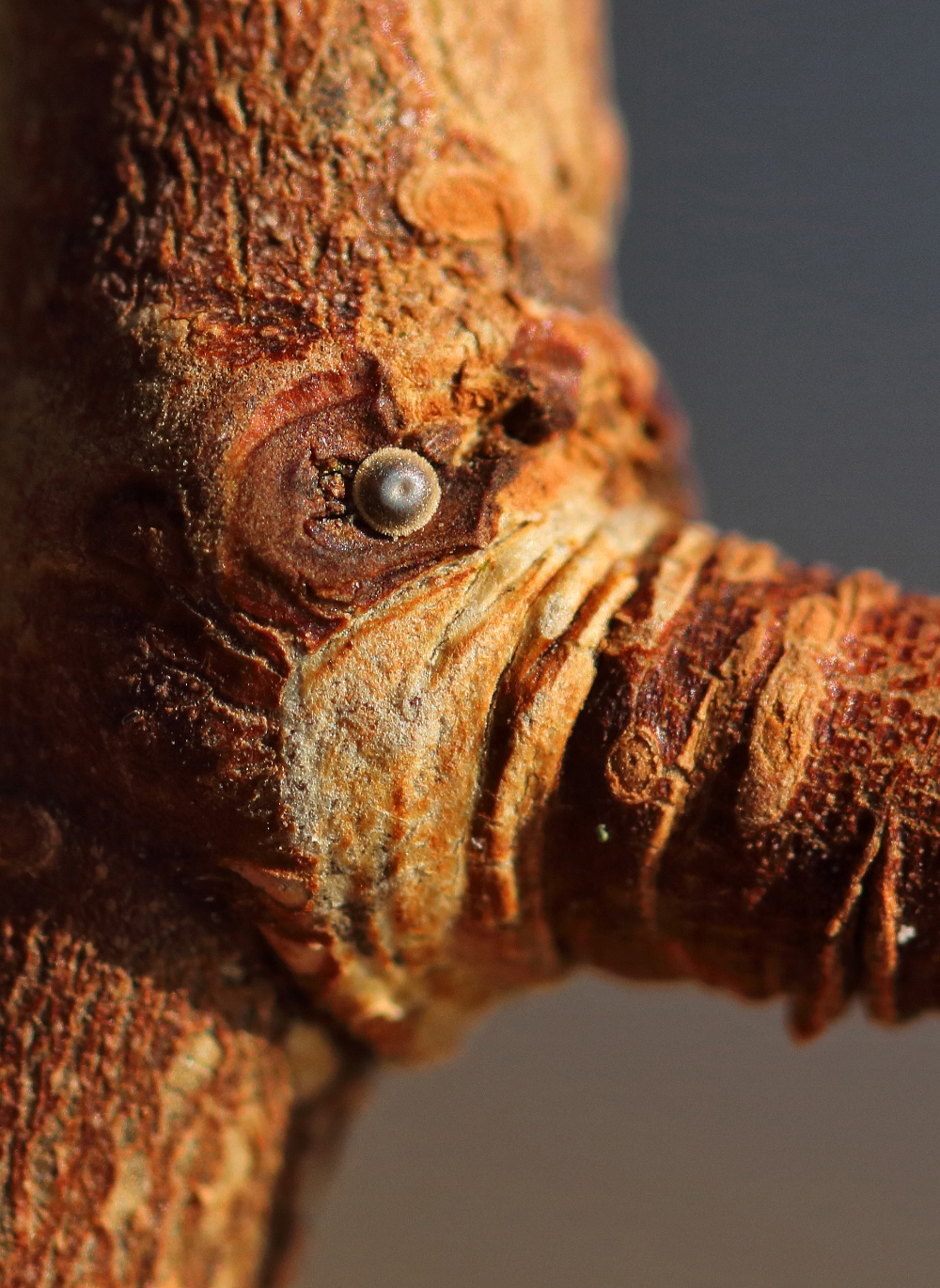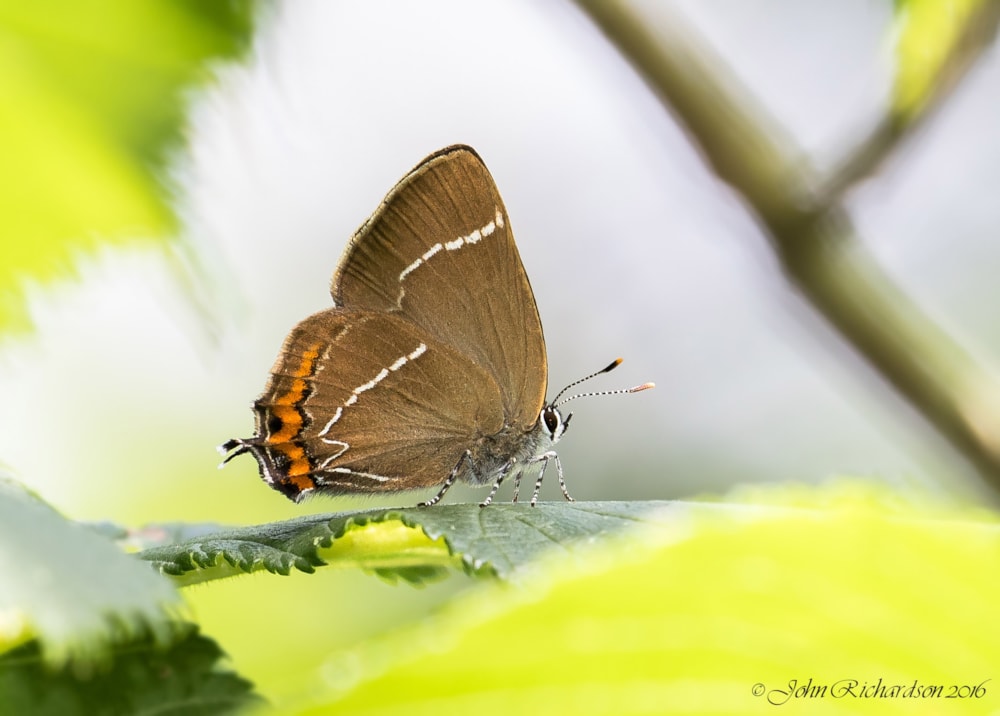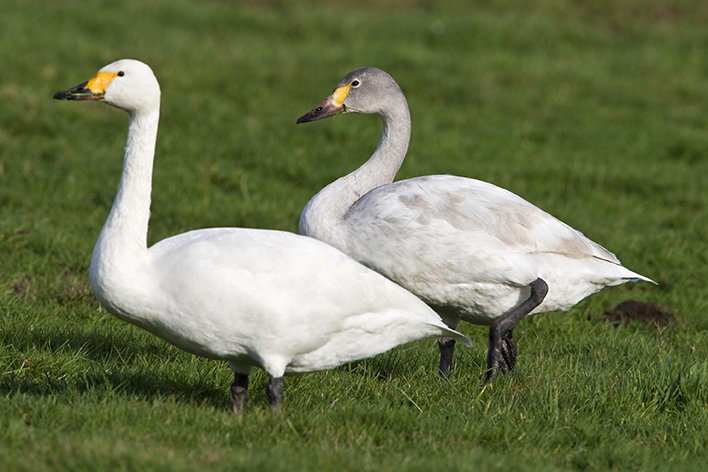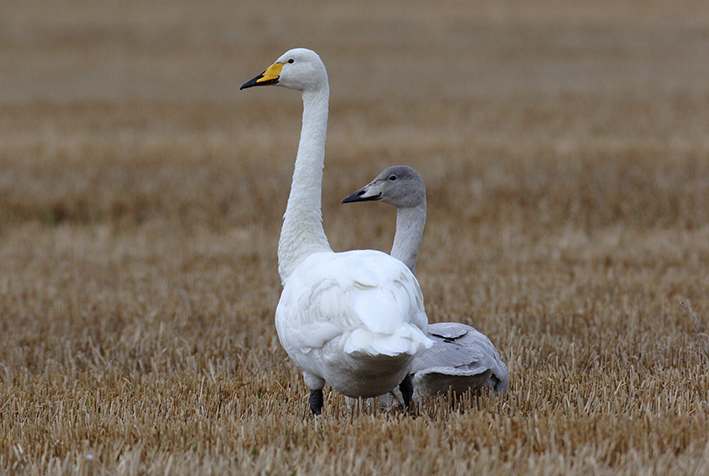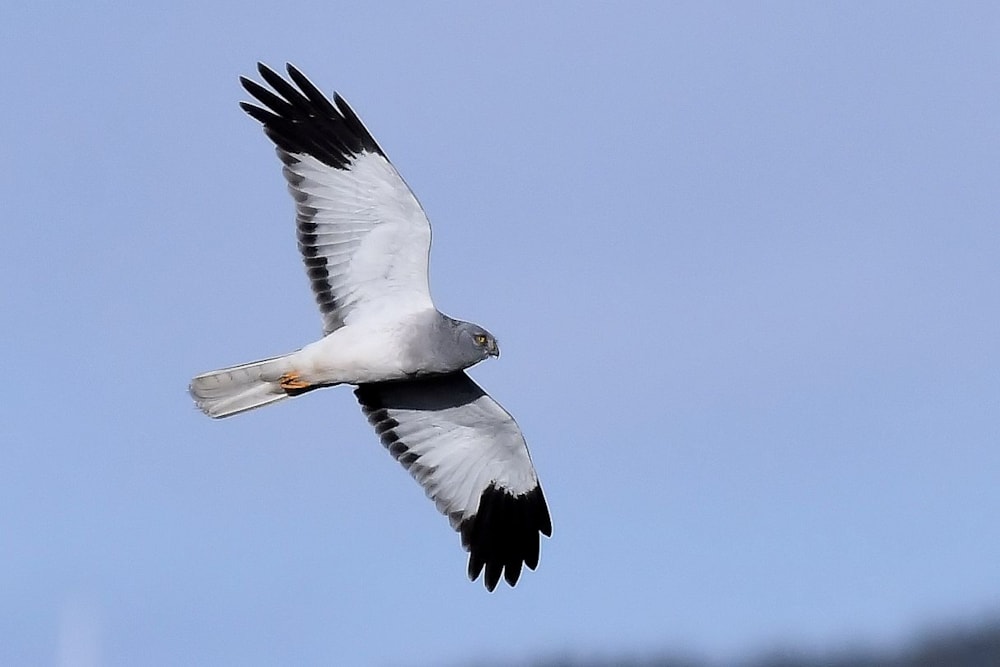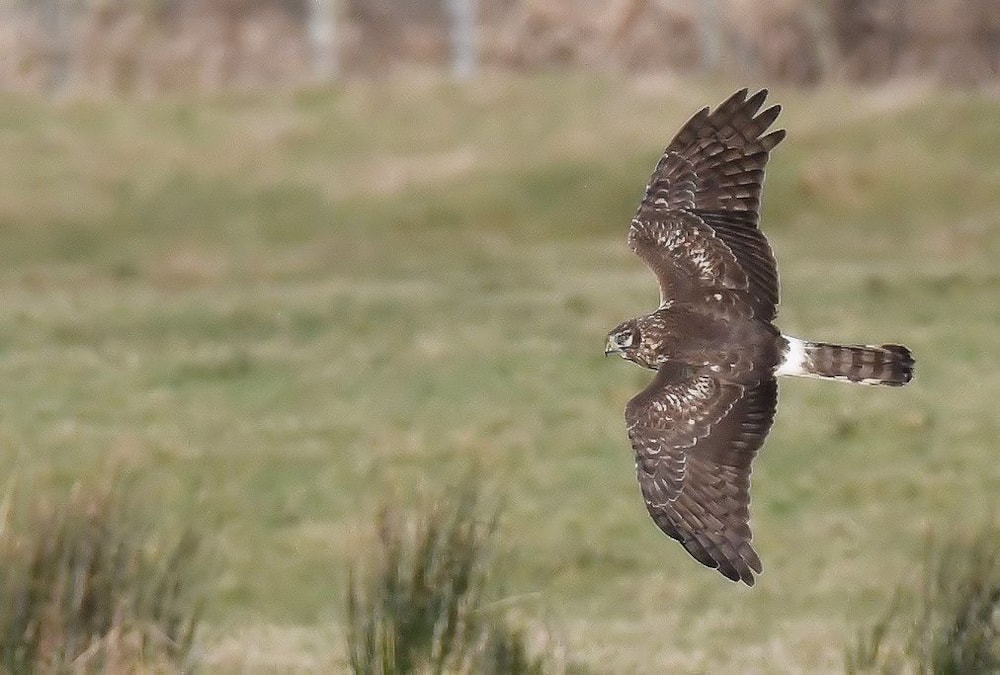First private fitting of integrated powered shoulder, elbow, wrist, and hand also took place.Next Step Bionics & Prosthetics announced breakthrough advancements in the use of the LUKE arm prosthesis that will benefit a much broader range of people who are amputees. Next Step conducted the first public demonstrations of the new developments at a news conference with New Hampshire inventor and entrepreneur Dean Kamen in the Med-Tech Mill Yard in Manchester.
The LUKE arm is a modular prosthetic arm developed by DEKA Research & Development Corp. (founded by Kamen) with funding from the Defense Advanced Research Projects Agency (DARPA), and now manufactured by Mobius Bionics LLC. The LUKE arm is configurable for levels of amputation ranging from shoulder to forearm. The hand has multiple, preprogrammed grips using four powered degrees of freedom.
Advancements announced include the following:
“It is so incredibly gratifying to help our patients gain dexterity, freedom of movement, and independence through this technology,” said Matthew Albuquerque, president and founder of Next Step Bionics & Prosthetics.
Ultimately, “prosthetics is an art and a science,” continued Matthew. “Technological advancements are critical, but we rely on the tried and true practices of a hands-on approach, listening and empathy to make sure that the technology is the perfect fit for the person who is relying on it.”
“I feel like I have my hands back again,” said Ron Currier, an Air Force veteran who is a bilateral, below elbow amputee, who demonstrated the use of two LUKE arms at the news conference. “I’ve always lived life as if there was nothing I couldn’t do, but always had to fight with prosthetics that just couldn’t keep up,” Ron continued. “Now, I have capability I wouldn’t have thought possible. My hope is that other amputees will have access to these advancements and be encouraged to live life on their terms, not by the limitations of their equipment.”
“The way that machines are integrated with people is as important as the technology itself,” said Dean Kamen, president, DEKA Research & Development. “The expanded use of the LUKE arm through the advancements announced is very exciting and hopeful news for veteran amputees and for the general amputee population.”
“As a veteran myself, I think it is important for veterans to know Manchester VA and our community partners are modernizing health care and advancing what is possible right here in New Hampshire,” said Alfred Montoya, acting director, Manchester VA Medical Center. “Public-private partnerships, like the collaboration our dedicated staff at the Manchester VA has with Next Step Bionics & Prosthetics and Dean Kamen, greatly expand our ability to address the needs of the veterans we serve.”
Advancements announced include the following:
- The first ever bilateral amputee fitted with two LUKE arms
- The first private fitting of a LUKE arm featuring fully integrated powered shoulder, elbow, wrist and hand
- The first non-investigational use of calibrated sensors capable of decoding natural muscle signals with the LUKE arm, translating the user’s thoughts into precise movements of hand and wrist
“It is so incredibly gratifying to help our patients gain dexterity, freedom of movement, and independence through this technology,” said Matthew Albuquerque, president and founder of Next Step Bionics & Prosthetics.
Ultimately, “prosthetics is an art and a science,” continued Matthew. “Technological advancements are critical, but we rely on the tried and true practices of a hands-on approach, listening and empathy to make sure that the technology is the perfect fit for the person who is relying on it.”
“I feel like I have my hands back again,” said Ron Currier, an Air Force veteran who is a bilateral, below elbow amputee, who demonstrated the use of two LUKE arms at the news conference. “I’ve always lived life as if there was nothing I couldn’t do, but always had to fight with prosthetics that just couldn’t keep up,” Ron continued. “Now, I have capability I wouldn’t have thought possible. My hope is that other amputees will have access to these advancements and be encouraged to live life on their terms, not by the limitations of their equipment.”
“The way that machines are integrated with people is as important as the technology itself,” said Dean Kamen, president, DEKA Research & Development. “The expanded use of the LUKE arm through the advancements announced is very exciting and hopeful news for veteran amputees and for the general amputee population.”
“As a veteran myself, I think it is important for veterans to know Manchester VA and our community partners are modernizing health care and advancing what is possible right here in New Hampshire,” said Alfred Montoya, acting director, Manchester VA Medical Center. “Public-private partnerships, like the collaboration our dedicated staff at the Manchester VA has with Next Step Bionics & Prosthetics and Dean Kamen, greatly expand our ability to address the needs of the veterans we serve.”
